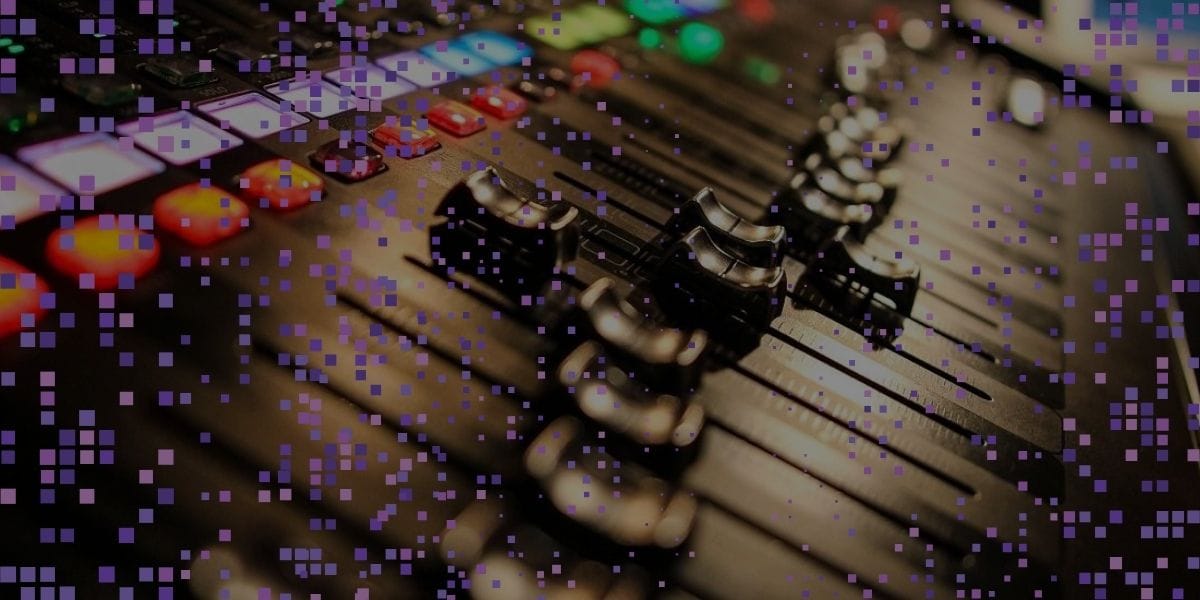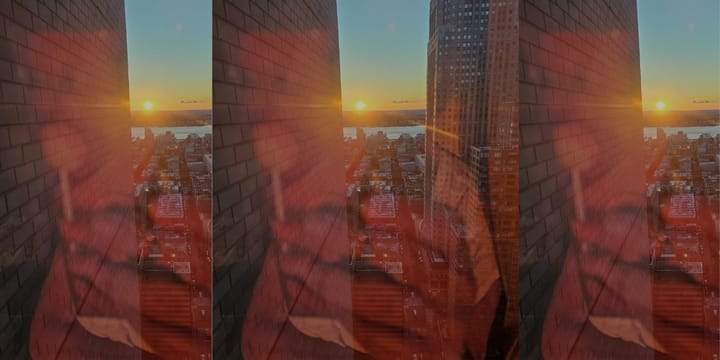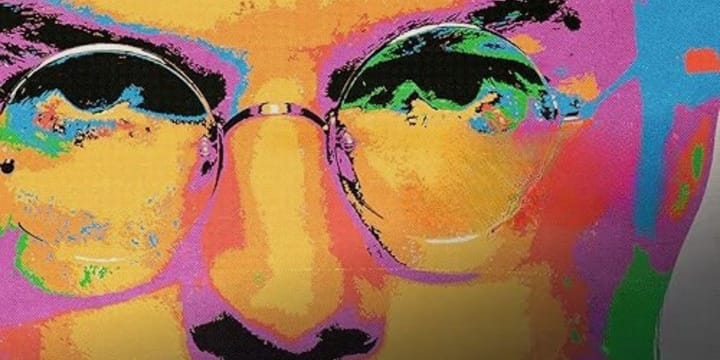Is a One Direction Reunion Coming?
Leaks, nostalgia, and AI are colliding just as Louis Tomlinson’s new pop-rock era begins. With Sony owning the band’s catalogue and the industry shifting toward AI-generated music, Louis may be quietly protecting the band’s future.

To be clear I am not talking about a traditional reunion. Liam cannot and I don't believe Harry would. But with the use of AI, the industry has some options. I have made a couple of posts about this. Links are in the story below.
For months, the One Direction archive has been not-so-quietly waking up. Leaks of unreleased songs, resurfaced demos, fan chatter about “lost” tracks—all arriving just as Louis Tomlinson launches his new album campaign for How Did We Get Here. His sound, lighter and more pop-rock, feels like a bridge between past and present—and perhaps between independence and ownership.
The timing is too perfect to be coincidence. It feels strategic.
The Legal Reality: Sony Still Owns the Machine
Sony owns the back catalogue of One Direction's master recordings including the Hipgnosis Songs Group catalogue acquired in June 2025. That means they control how those recordings are packaged, licensed, remastered, and distributed. The band members may receive royalties, but they don’t decide how or when the catalogue gets used. However, the band members collectively own the rights to the name "One Direction."
A label doesn’t need the band's approval to make money off the band. They can release “new” deluxe editions, vinyl sets, or remixes without needing a single new vocal take. They can even license the catalogue for AI training—feeding the next generation of machine-learning tools that generate “new” 1D-style music, with or without band member's consent. And that's where I think it's heading. AI is here to stay whether I like it or any of us like it or not. This is a new and evolving revenue stream for the music business, but there are lots of details yet to work out.
The AI Factor: Licensing
Sony has recently been signing deals with AI-music startups and platforms to license parts of its enormous back catalogue for AI training. It’s an arms race: whoever owns the best data (the biggest hit songs) owns the next evolution of music generation.
In fact, just recently (October 2025) Spotify partnered with Universal, Sony, and Warner effectively consolidating control over how AI-generated music enters the marketplace. On the surface, it’s being presented as a move toward “responsible AI music” — ensuring artists are protected and copyrighted works aren’t abused. But in practice, it’s about who gets paid and who gets excluded.
Together, these four entities (Spotify + the Big Three labels) now form a kind of AI licensing cartel:
- They control the majority of the world’s recorded music and publishing rights.
- They decide which AI developers (like Udio, Suno, or OpenAI’s music partners) get access to that data.
- And they can now extract massive fees for training rights, licensing, and algorithmic replication of their catalogs.
The labels benefit immediately. Spotify gets cleaner legal protection and exclusive content access, while the Big Three gain leverage to monetize both the past and future of their catalogs at scale.
The artists, however, are left in a gray area. There’s no clear framework yet for how royalties from AI-generated or AI-licensed works will be distributed. If history is any guide, the labels will recoup their cuts first, as they did with streaming, downloads, and sync rights, leaving artists to renegotiate or sue for fair shares years later. But that's a topic for another day.
Licensing the 1D catalogue to an AI firm like Udio or Suno is perfectly legal, highly efficient, and low-risk for Sony. No studio sessions. No egos. No tours. Just residual revenue.
But there’s a likely catch: AI licensing might be not be profitable for several years. A “reunion,” even a simulated one, would create far more immediate buzz and sales.
Which raises the question: if Sony could create a “reunion album” without the original members in the studio, would they?
Could Sony create an AI generated "on stage" Reunion like ABBA Voyage? Read my ABBA Voyage post here.
In theory, yes—at least technically. They own the masters, the likeness rights are muddy, and with the right AI voice-synthesis tools, they could construct “new” One Direction tracks using existing stems, demos, and trained models. But in practice, that’s risky. Each member’s contract, solo label obligations, and performance rights could complicate or even block such a project. And there’s one more issue: public trust.
A Reprogrammed Fanbase
“The fanbase knows the difference between nostalgia and manipulation—at least, the older/ original ones do.” Which is why Sony would not act alone. Reprogramming is needed to make this work.
Louis’s team—whether management, label, or both—has moved his fan community from the open platform of X (Twitter) to Discord, a space optimized for segmentation, data capture, and behavioral tracking. It’s a smart move for engagement metrics but a concerning one for his autonomy.
More info here: read my post Louis Tomlinson: Anomaly
Discord allows teams to monitor, test, and steer fan sentiment in real time. It’s not just social media—it’s a live feedback lab. And that shift has also brought in a new and younger audience, many of whom weren’t around for One Direction’s early years and may not carry the same emotional memory, or the same skepticism toward industry control.
The original fans remember the machine. The new ones were born into it.
That generational gap creates the perfect testing ground for an AI-driven revival: a population emotionally responsive to the name One Direction but disconnected from the original dynamics. If the younger base embraces an AI-simulated “reunion sound,” the rollout becomes easier to justify ethically, commercially, and publicly.
Still, it wouldn’t be in Sony’s interest to act alone. Having Louis Tomlinson involved, directly or symbolically, anchors the narrative in authenticity. His presence, even if orchestrated, gives legitimacy to what could otherwise feel like exploitation. A collaboration of necessity, not ideology.
Enter Louis Tomlinson: Perhaps The Reunion Custodian
Louis’ new album campaign carries a heavy scent of reclamation. His sound is closer to the original One Direction energy—anthemic choruses, live-band grit, pop-driven optimism—but it’s sharpened by experience and his solo independence. He has a fan base he loves and respects and it's a broad demographic to please. So he may be being careful not to slip too far away from his true sound. And, to be honest, I'm loving the new sound! The album comes out on January 23, 2026.
So here’s the working theory (I’m speculating!)
Louis may have made a deal, not just for himself, but for the band’s future earnings. Maybe not with Sony alone—possibly with all the solo labels, or through a cross-licensing arrangement to protect and re-monetize the shared catalogue before Sony does it without them.
He may not be resisting the machine this time. He might be steering it.
And to be clear—I’m not blaming Louis. I admire him and I don’t think he had much of a choice. AI music is happening whether artists like it or not, and Louis is smart enough to make the best possible deal to protect the legacy and financial future of the band—and maybe, in his own way, to reclaim it.
What Comes Next
There are three likely paths ahead:
- The Controlled Nostalgia Play
Sony continues releasing archival 1D content—remasters, deluxe editions, even AI-assisted “new” songs, while Louis’ campaign sustains the emotional momentum. It’s the illusion of reunion without the logistics. - The AI-Licensing Expansion
The 1D catalogue becomes part of Sony’s AI-training portfolio, generating revenue through licensing and creative-AI integration deals. The music industry’s quiet gold rush. - The Cross-Label Alliance
A more likely possibility in my mind: the solo labels cooperate to future-proof the entire 1D catalogue, with Louis as the bridge, symbolically and strategically, between the old empire and the future.
Disclaimer
I want to be clear that what I’ve written here is speculation based on observation and industry precedent. The original Sony or Syco contracts are not public information. My perspective comes from years working in PR and tech recognizing how narratives, timing, and data patterns reveal strategy long before official announcements do.
Louis Tomlinson remains the heartbeat. Whether willingly or not, he may be doing what he’s always done—holding the band together, even when no one else will or can. The brave one steps forward, again.



